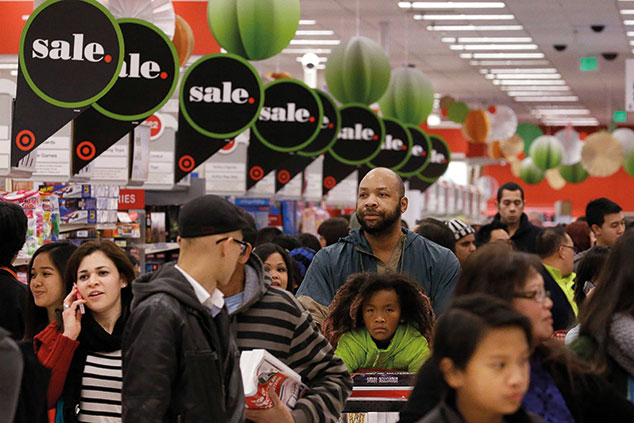
Investors who dared to buy at the bottom would have gained more than 300% with the S&P 500 by today, and more than 100% with the FTSE 100. Just ten stocks – mostly tech giants such as Apple, Amazon and Microsoft – powered almost a quarter of the S&P 500’s rise, David Kostin of Goldman Sachs told CNBC.
How much momentum is left?
Last August the S&P’s bull market became the longest since World War II. So it’s no surprise that pundits have been predicting its end for some time now, amid widespread fears that the US economy could soon slide into a recession.
But as Richard Henderson and Robin Wigglesworth note in the FT, the “thinning herd of diehard bulls believes these predictions are wrong”. Instead, they say a sense of “career risk” (making a contrarian call when everyone else is pessimistic) has created “a grim kind of groupthink” among analysts and investors. “This is particularly acute for bulls, as being bearish and wrong is often seen as more acceptable than being bullish and wrong.” Warren Buffett, for one, is not writing it off just yet. He told CNBC: “If I had a choice today for a ten-year purchase of a ten-year bond… or buying the S&P 500 and holding it for ten years, I’d buy the S&P in a second.”
The economic backdrop suggests that there is no immediate reason to be bearish. America’s economic expansion could become the longest on record in July. Growth has slowed, but still looks healthy. February’s payrolls were “puzzlingly weak”, as Irwin Stelzer points out in The Sunday Times. But “my inclination is to believe what my eyes and ears are telling me”. Businessmen around the country are complaining about a shortage of staff, skilled and unskilled. This presages continued strong wage growth (already at a ten-year high) and hence robust consumption, which accounts for 70% of US GDP. China should rebound now that stimulus has resumed, which should prove good news for European exporters.
Central banks are supportive
Crucially, the recovery in stocks has been strong because central banks supported it in response to the credit crisis (see box below). Ten years ago saw the start of quantitative easing (QE). Now, the US Federal Reserve has paused its tightening cycle, and last week the European Central Bank announced a fresh round of cheap loans for eurozone banks. The upshot, says Ian Cowie in The Sunday Times, is that until central banks “become hostile to shares with much higher interest rates, the trend of the last decade is likely to continue”.